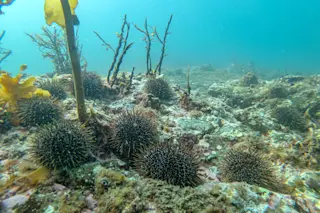A monkey frog
The Pith: The Amazon Rainforest has a lot of species because it's been around for a very long time.
I really don't know much about ecology, alas. So my understanding of evolution framed in its proper ecological context is a touch on the coarse side. When I say I don't know much about ecology, I mean that I lack a thick network of descriptive detail. So that means that I have some rather simple models in my head, which upon closer inspection turn out to be false in many specific instances. That's what you get for relying on theory. Today I ran into a paper which presented me with some mildly surprising results. The question: why is the Amazon Rainforest characterized by such a diversity of species? If you'd asked me that question 1 hour ago I would have said that it was a matter of physics. ...













